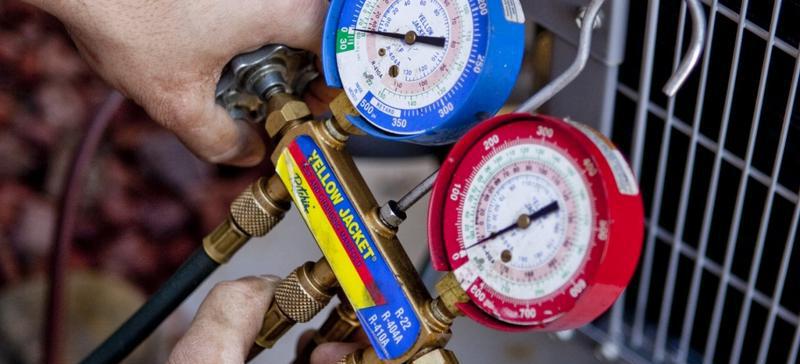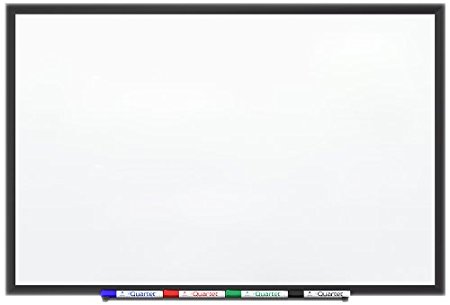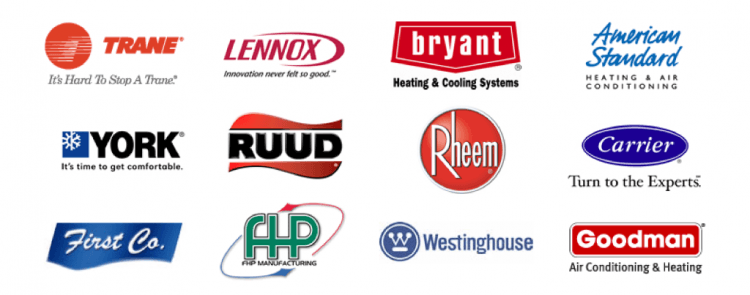One-Stage Air Conditioning Systems Means Simplicity and Low-cost
by Zack Bradley on 11/04/24
One-Stage Air Conditioning Systems Means Simplicity
and Low-cost
One-stage air conditioning systems
are known for their simplicity and cost-effectiveness or Discount
HVAC system. These systems only have
one cooling output level: maximum capacity. When it’s warm outside, a one-stage
system will operate at full output. In other words, one-stage systems are on
until the thermostat is satisfied, then they are off. The effectiveness of
one-stage systems derives from their simplicity. Their straightforward design
comes with several benefits, including the lowest initial equipment costs and
the easiest installation procedures. For these reasons, one-stage systems are
the most common today in the market. It’s important to remember that one-stage
systems come with their own downsides.
Efficiency is one: since a one-stage
system can only operate at one setting, it can sometimes end up using more
energy than a two-stage system that can operate at a lower cooling level.
Convenience is another: because of their linear operation, one-stage systems
are more prone to creating hot and cold spots in homes. This is why it’s
usually a good idea to install zoned systems with your one-stage system.
Single-stage air conditioning systems are available in various sizes and
models. Common applications include single and multi-family housing units,
small commercial applications, and buildings without hot water heating systems.
These systems are ideal for those who don’t rely on central air conditioning
for total comfort or don’t require multi-faceted temperature control. However,
it’s also important to understand the downsides, so compare both options before
deciding.
Definition
and Operation
When discussing one-stage air
conditioning systems, it is helpful to define what "one stage" refers
to. The term refers to the compressor within the outdoor unit of the air
conditioning system. The compressor is the most important piece of equipment
when it comes to cooling air within the home because it is responsible for
pushing refrigerant through the outdoor condenser coil to cool it and send the
cooled refrigerant vapors into the indoor coil to absorb room temperature air.
The cool refrigerant vapors absorb the warm air and send it back to the outdoor
unit to get the heat extracted, after which it is distributed throughout the
home as cold air. One-stage air conditioning systems operate at a single
predetermined level of operation defined by the total BTUs of cooling output
performance. The thermostat set on the indoor wall of a home sends a
temperature request to an air conditioning system; this is called the demand.
In a one-stage system, this demand results in the air conditioning system
operating and providing the total BTUs of cooling output corresponding to the
unit's rating of system performance. Efficiency in air conditioning systems is
the ratio of the cooling output, the total BTUs, relative to the usage of the
asset, the watts of power used to operate the air conditioning system. The
output is divided by the input, and for air conditioning, the number is 3.41.
This is because there are approximately 3.41 British Thermal Units of cooling
output in one watt-hour of power. The performance of a one-stage air
conditioning system in cooling output at 90 degrees outdoor temperature could
be 24,000 BTUs in comparison to using 2,300 watts of power. The air conditioning
system has a Seasonal Energy Efficiency Ratio of 10.8 based on engineering
performance measurements. The system will cycle on, delivering its 24,000 BTUs
of cooling output, and then cycle off when it reaches the predetermined indoor
temperature. For more information and ac quotes
near me please call our corporate office at 888-472-5115


